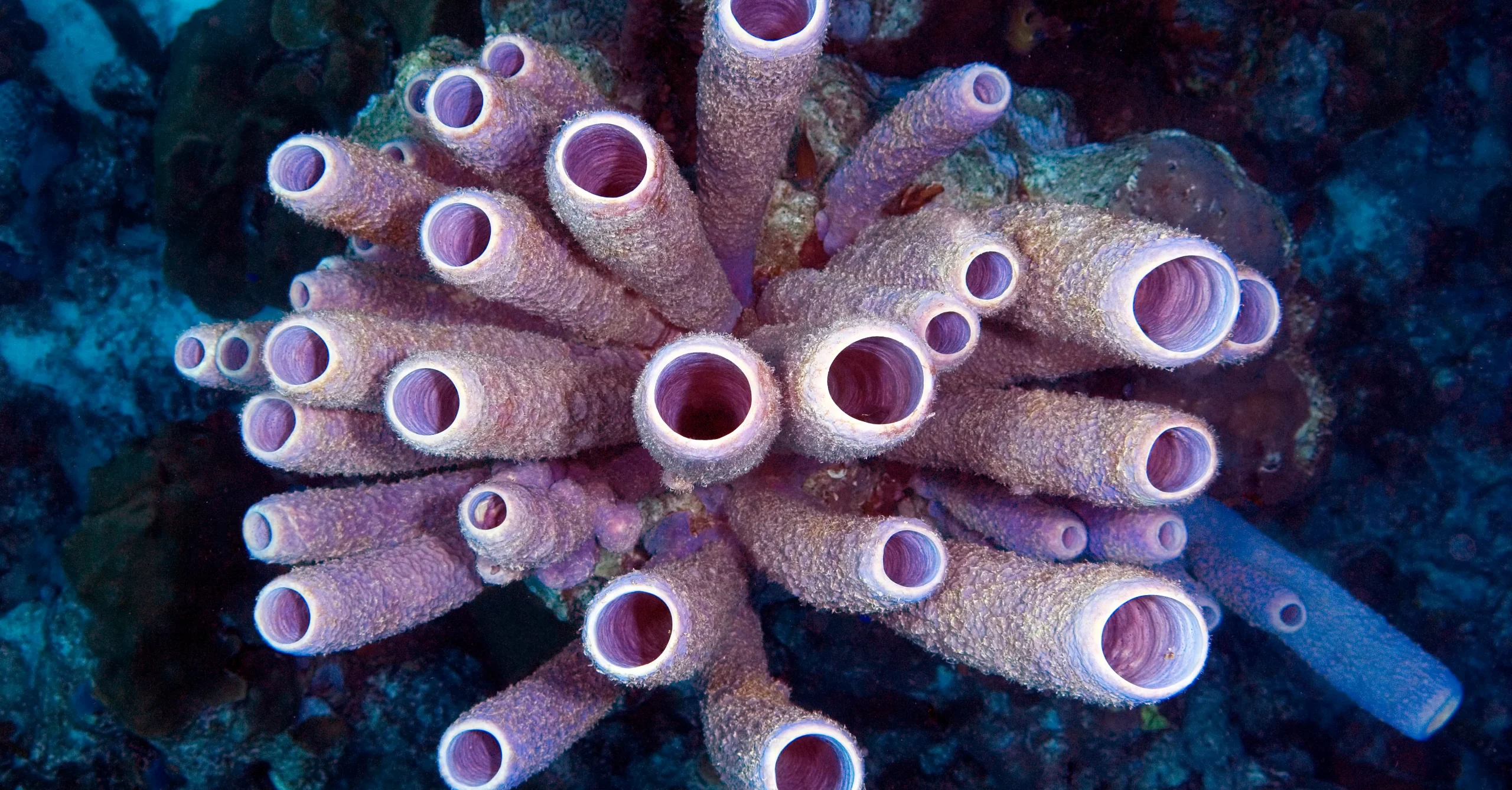
Sea sponges are some of the most fascinating and misunderstood creatures in the ocean. Often mistaken for plants or corals, these simple animals belong to the phylum Porifera, which means “pore-bearing.” With their soft, porous bodies and ancient lineage, sea sponges play an essential role in marine ecosystems—and some even find their way into our homes for bathing, skincare, and even menstrual care. But to make the most of their benefits, it’s important to understand how sea sponges live in the wild and how to properly clean and care for them when used in daily life.
Life in the Ocean
Sponges in the sea have lived in the oceans for over 600 million years. They are filter feeders, meaning they pump water through their bodies to capture microscopic food particles like bacteria and plankton. This constant water flow also helps them breathe and remove waste. Though they appear motionless, sea sponges are living organisms with remarkable regenerative powers. If torn or damaged, they can reassemble their cells and regrow.
There are more than 9,000 known species of sea sponges found around the world—from tropical coral reefs to deep, cold waters. Some of the most well-known types include:
Wool sponges: Soft, absorbent, and commonly used for bathing.
Grass sponges: Coarser and often used for cleaning or art.
Hardhead sponges: Dense and durable, used for tougher scrubbing tasks.
Sponges used commercially are usually harvested by hand in a sustainable way, where divers cut them at the base so they can regrow.
Using Natural Sea Sponges
Natural sea sponges are prized for their softness, absorbency, and eco-friendliness. Unlike synthetic sponges, they don’t contain plastics, dyes, or chemicals. Whether used for bathing, facial cleansing, or other personal care, they’re a luxurious and sustainable option.
But to ensure they last and stay hygienic, proper care is essential.
How to Clean and Care for Sea Sponges
Rinse After Each Use
After using your sponge, rinse it thoroughly with cool or lukewarm water to remove soap, oils, or residue.
Weekly Deep Cleaning
Soak the sponge in a solution of 1 part white vinegar to 3 parts water for 15–30 minutes. Alternatively, you can use a mild mixture of baking soda and water to deodorize and refresh the sponge.
Dry Properly
After rinsing, gently squeeze out excess water (never wring it out harshly), and let the sponge air-dry in a well-ventilated area. Avoid sealing it in airtight containers or leaving it in damp areas.
Disinfect Monthly
For extra care, especially for facial or menstrual sponges, soak in a diluted hydrogen peroxide solution (3%) or a mild tea tree oil solution. Rinse thoroughly afterward.
Know When to Replace
A well-cared-for sponge can last several months. If it starts to crumble, develop a sour smell, or lose its texture, it’s time to replace it.
Respecting Nature’s Gift
Sea sponges are not only essential to ocean ecosystems but also offer a natural, sustainable solution to personal care needs. With a little care and respect, these gentle sea dwellers can provide months of use while minimizing waste and plastic consumption

